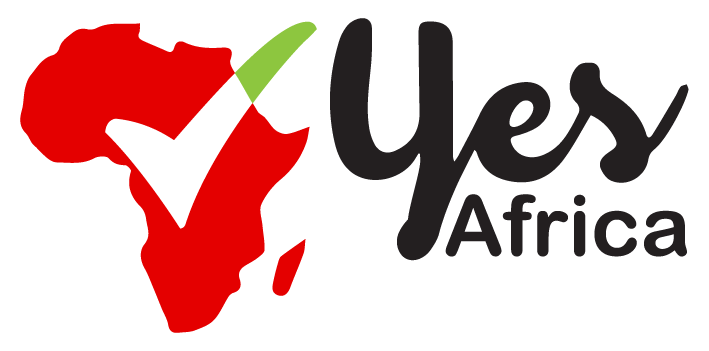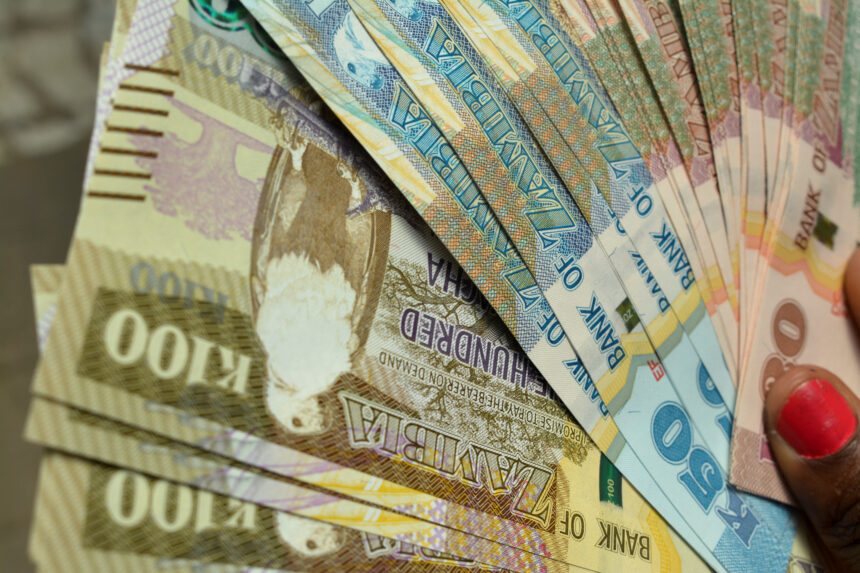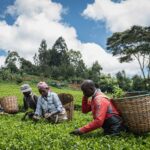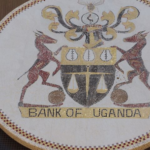Zambia’s currency, the kwacha, continues to struggle, reaching a record low of 28.13 per dollar at the close of Wednesday’s trading, according to LSEG.
This marks an 11-day losing streak for the currency, which has depreciated nearly 15% over the past six months.
Despite Zambia’s emergence from default and a successful debt restructuring deal early last year, the kwacha now trades 3% below its post-restructuring level.
The ongoing drought, driven by the severe effects of El Niño, has exacerbated Zambia’s economic challenges. The country, heavily reliant on hydropower, has been forced to cut electricity generation from the Kariba Dam, its largest energy source. State power utility Zesco reported that water levels remain insufficient for sustainable hydropower operations, impacting energy availability and industrial activity.
- Advertisement -
As a result, copper production—Zambia’s key foreign revenue earner—has been significantly affected. Mining companies are scaling back production due to reduced power supply, further straining the economy and weakening the kwacha.
Analysts at Access Bank Zambia noted that the combination of electricity shortages and industrial slowdowns directly reflects in the currency’s performance.
Zambia’s economic vulnerability is heightened by its reliance on imports for electricity and essential goods. Payments for imported power have added pressure on the local market, according to Charlie Robertson, head of macro strategy at FIM Partners.
The kwacha’s volatility mirrors the broader economic uncertainties in Zambia. After defaulting on $11 billion in external debt in November 2020, the currency briefly surged by 20% in February 2023 following optimism around debt restructuring. However, the momentum was short-lived, as the country faces persistent challenges, including unpredictable rainfall patterns, inflation, and a reliance on copper exports.
Some support for the currency emerged during Wednesday’s session as companies sold dollars to prepare for upcoming tax payments. However, analysts warn that without significant improvements in rainfall, energy production, and diversification of revenue streams, the kwacha’s recovery will remain uncertain.










